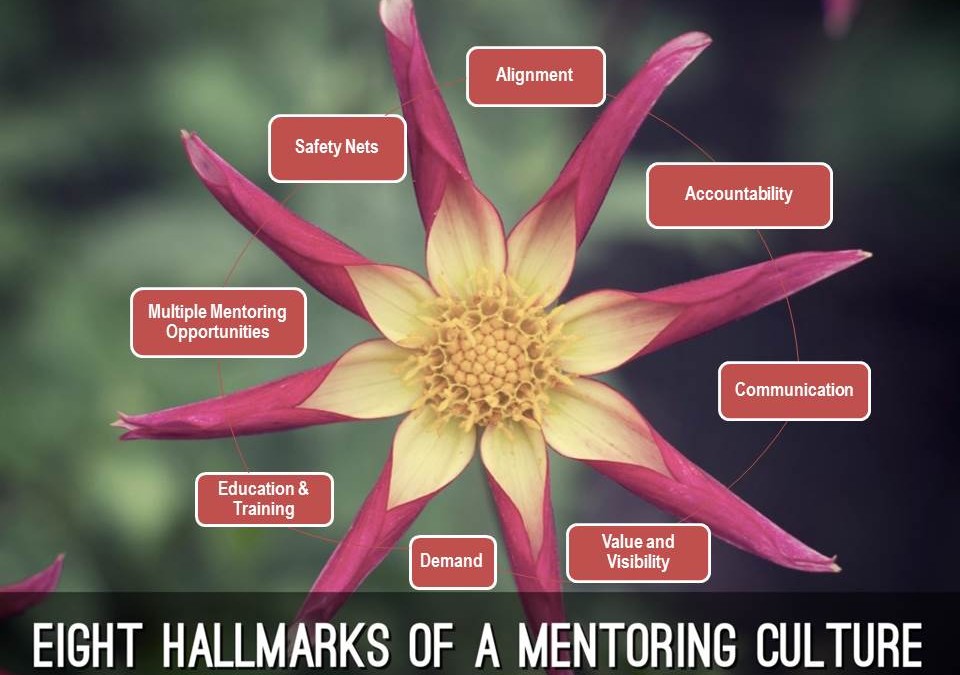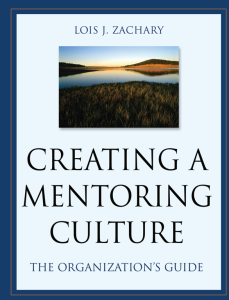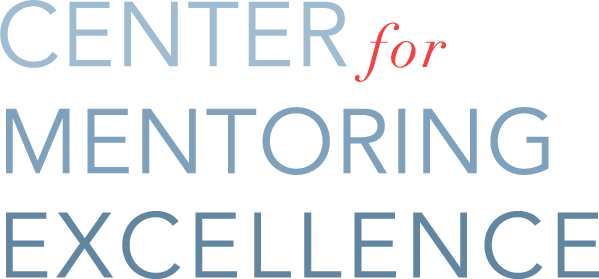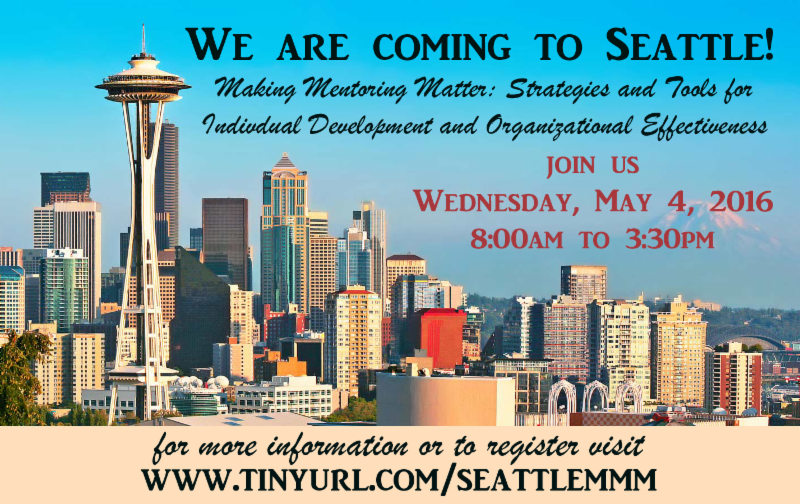
by Center for Mentoring Excellence | Dec 6, 2016 | Facilitating Learning, Mentoring Training
One of the highlights of this past year for us has been working with the Dallas County Community College District (DCCCD) to establish a successful mentoring culture.
DCCCD launched its Network Mentoring Culture in August by convening the Chancellor’s staff and presidents, HR representatives and other college leaders with a primary goal: to create a mentoring culture.
According to George Marquez, DCCCD’s Executive District Director of Talent Development and Division of Talent Central:
“From my perspective, successful employee engagement into the DCCCD system occurs with talent development programs and a mentoring system. We sincerely believe that the mentor component is the strongest bond that we can have in any of our employee programs because mentors provide a safe way to extend the skills and knowledge of employees through encouragement and support. Having a system of mentors also allows us to strengthen our succession planning.”
A kickoff training for Chancellors Fellows and their mentors followed a day-long consultation with DCCCD leaders.
In October we certified 18 DCCCD mentoring workshop facilitators (from seven colleges, across three locations) to conduct Starting Strong: What Mentors Need to Know and Do™ based on the book Starting Strong.

Newly certified DCCCD Starting Strong facilitators.
We were, and continue to be, impressed with the passion, commitment and talented leaders we had the privilege of certifying. Their individual contributions made the certification such a warm and welcoming experience for everyone!

Lory Fischler, Dr. Lois J. Zachary and Lisa Fain presenting their memento.

by Center for Mentoring Excellence | May 18, 2016 | Mentoring Training
Mentoring at “Ideal Organization” (IO) grew out of a formal program for high potentials. The initial program created such a buzz throughout IO that now, ten years later, its participants are still committed to mentoring others and initiating mentoring opportunities in their own organizations. Several years ago an organizational survey revealed that in addition to one-on-one informal mentoring and formal mentoring programs, multiple groups actively engaged in mentoring (i.e., women’s executive mentoring, technical mentoring, and cross-functional mentoring). Leaders regard mentoring as part of their responsibility to informally mentor employees who show promise. Those charged with managing, supporting and coordinating mentoring efforts at IO monitor progress, measure results and work with teams throughout the organization to integrate mentoring process improvements. In addition, they keep an internal focus on mentoring. They coordinate mentoring efforts to make sure that all mentoring programs align with one another other and with the organization’s culture.
Mentoring at IO is always in motion and constantly creating learning bridges that empower individuals to transform Ideal so that it continues to live up to its name. The leaders at IO worked through a number of steps and phases in developing its mentoring culture. It’s still a work in progress.
Sounds great, yes?
Is your organization committed to making an ongoing investment in mentoring? If you’re serious about mentoring and are committed for the long haul, read on.
A mentoring culture creates a continuum of expectation about mentoring and establishes a standard of excellence for mentoring practice. It also encourages mentoring excellence by continuously creating readiness for mentoring within the organization, facilitating multiple mentoring opportunities, and building in support mechanisms and safety nets to ensure individual and organizational mentoring success.
 What’s more, it:
What’s more, it:
- Establishes ownership for mentoring within the organization
- Promotes shared responsibility
- Maximizes resources
- Maintains integrity
- Facilitates knowledge utilization
- Supports integration of key processes into the organization
- Creates openness to learning through mentoring
- Shortens ramp up time
What are you waiting for? To learn more, purchase your copy of Creating a Mentoring Culture today. It will guide you through each of the eight hallmarks that contribute to creating a vibrant and full mentoring culture.

by Center for Mentoring Excellence | Oct 5, 2015 | Making Mentoring Work For You, Mentoring Training, Uncategorized
What can you do to ensure sustainability of mentoring in your organization?
1. Reposition Mentoring
Engagement in mentoring doesn’t begin and end with participation in a corporate mentoring program or retirement. And yet, current mentoring practice seems to do just that. It is long past time to reposition it and create a mentoring culture that supports all mentoring rather than compartmentalizing mentoring participation to specific populations or targeted programs (such as high potentials, emerging leaders, new hires).
2. Create a Mentoring Culture
According to New York Times columnist Tom Friedman, “When you have a mentor you are twice as likely to be engaged with work and thriving in overall well-being.” Who wouldn’t want those outcomes? We know beyond dispute mentoring promotes learning, growth and development. We never outgrow our need for it. So why not be more inclusive and bring everyone into the fold?
A mentoring program requires a mentoring culture to ensure sustainability. When mentoring lives in a mentoring culture, implementation and integration becomes a cultural norm and expectation. In addition, a mentoring culture brings strategic advantages. It creates a more connected and aligned workplace. It is better able to manage and grow organizational knowledge and develop its talent. Talent retention, employee engagement, company loyalty and productivity all increase. A mentoring culture supports diversity and promotes inclusion. It facilitates career transitions, and improves leadership skills. It maximizes time, effort and resources by enhancing the learning throughout the organization.
3. Embed It
Effective mentoring can exist without the support of an established mentoring culture, but inevitably, it requires more work, a longer ramp up time and persistence to maintain and ensure long term continuity. Maintaining mentoring momentum is just plain hard unless it becomes a cultural priority and closely aligns with an organization’s strategic objectives.
Embedding mentoring in the fabric of the organization assures that mentoring is vested in the many rather than the few. People outside the immediate implementation circle feel a sense of ownership and responsibility and hold others accountable. Cultural integration helps maintain the integrity of the mentoring process.
Creating a mentoring culture is a work in progress. This means you need to be minding your Ps and Qs: continuously monitoring, assessing and enhancing your efforts. If you keep these six Ps in mind – preparation, priority, position, pool, politics and progress – they should enhance your efforts and further help you embed good mentoring practice in your organization.
by Center for Mentoring Excellence | Mar 7, 2013 | Uncategorized
Creating a mentoring culture is a work in progress. This means you need to be minding your Ps and Qs: continuously monitoring, assessing and enhancing your efforts. If you keep these six Ps in mind – preparation, priority, position, pool, politics and progress – they should enhance your efforts and further help you embed good mentoring practice in your organization. (more…)





 What’s more, it:
What’s more, it:


